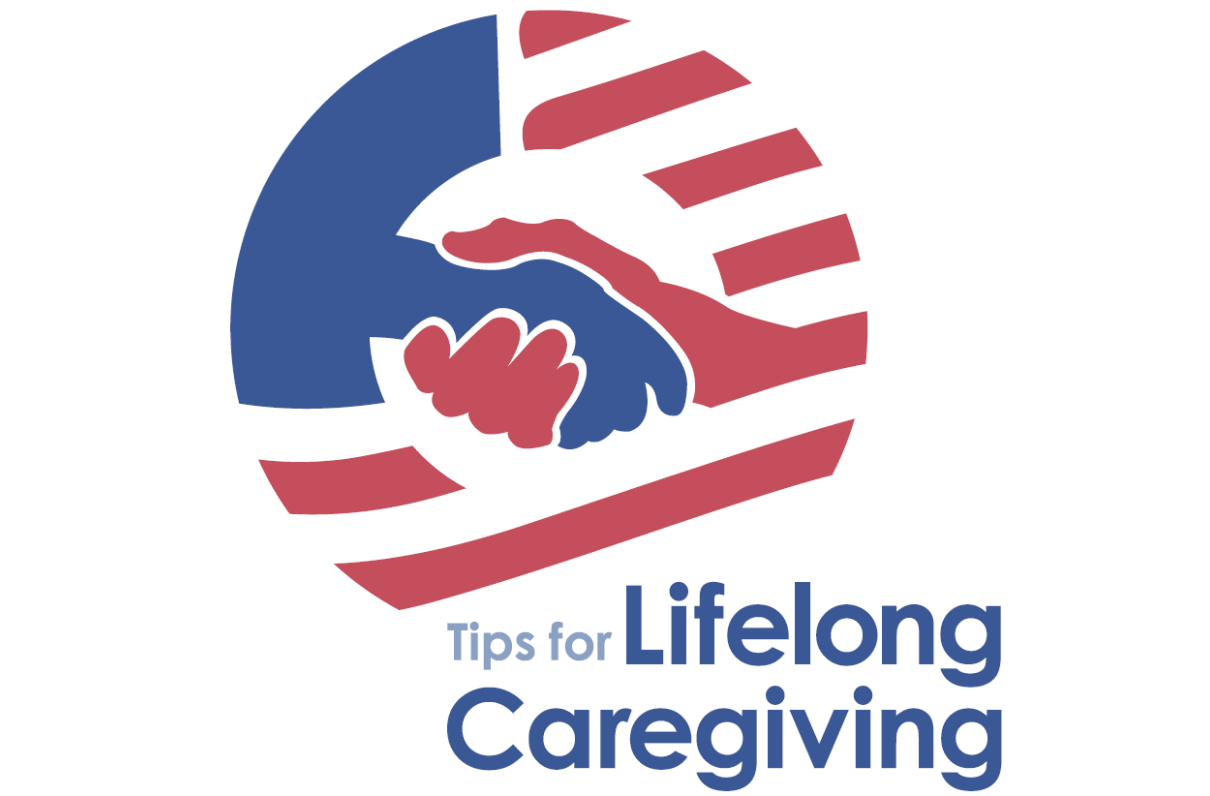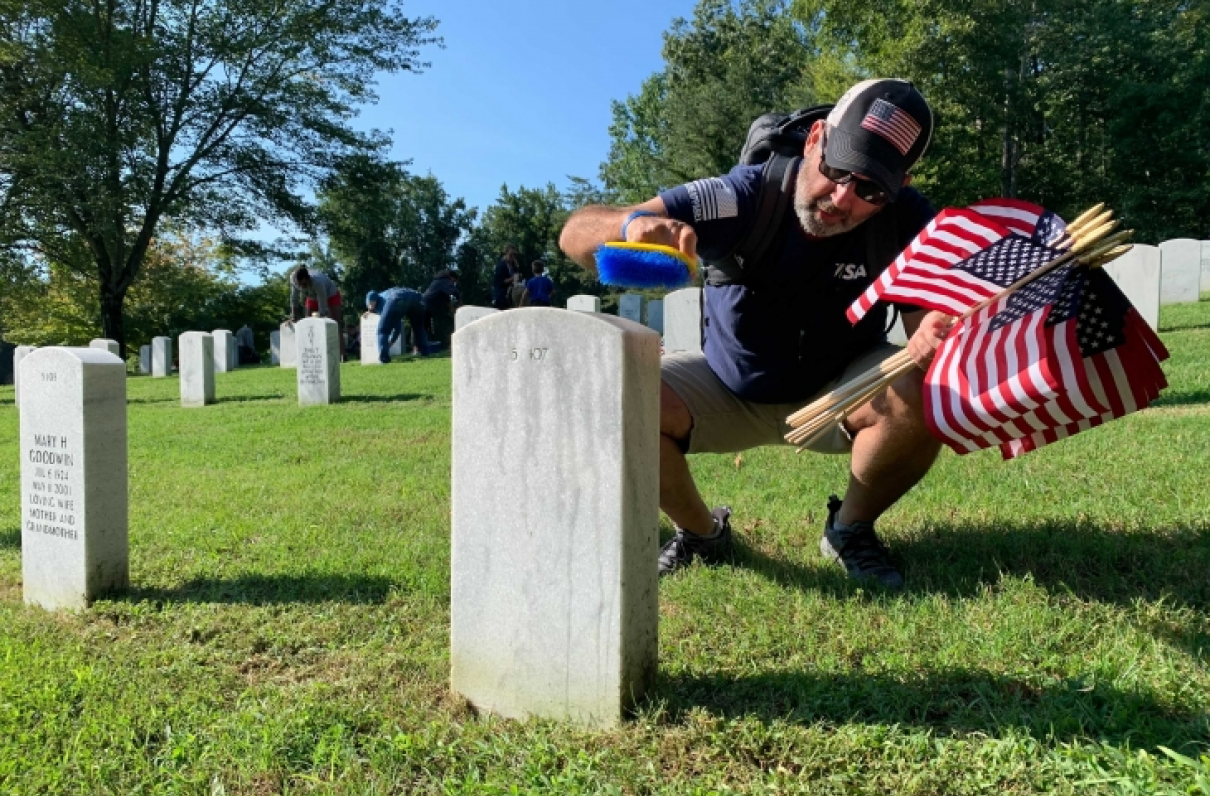This article by Linda F. Hersey originally appeared on Stripes.com. Stars and Stripes serves the U.S. military community by providing editorially independent news and information around the world.
WASHINGTON — The Department of Veterans Affairs is nearing its goal to provide 95% of veterans with burial options at national and grant-funded veterans cemeteries within a two-hour drive of their homes.
Yet less than a quarter of veterans and their families take advantage of the free burials, headstones and other services offered at the 158 national veterans cemeteries the VA operates, said Matthew Quinn, the VA’s undersecretary for memorial affairs.
“Increasing awareness is a top priority,” Quinn said at a recent Senate Committee on Veterans’ Affairs hearing to discuss efforts by the VA’s National Cemetery Administration to inform veterans and their families of the under-used memorial benefits.
“We need to get the message out that this is the final benefit the nation will be able to provide veterans for their service,” he said.
[MOAA DOWNLOAD: Your Guide to Military Burials]
Quinn said that an informal survey by the National Cemetery Administration found that only a third of veterans were aware of the benefits.
The National Cemetery Administration provides “perpetual care” at more than 5 million gravesites of military veterans. More than 135,000 veterans were laid to rest at national veterans cemeteries last year.
Burial services are extended to eligible veterans, their spouses and qualifying dependents.
Sen. Dan Sullivan, R-Alaska, touched upon the end-of-life planning he has done as a retired Marine Corps colonel. He served in active duty from 1993-1997 and in the Marine Corps Reserve from 1997-2024.
Sullivan said he plans to be buried at the national veterans cemetery at Joint Base-Elmendorf Richardson in Anchorage.
[FROM VA.GOV: National Cemetery Administration]
Families often have a difficult time gaining entrance to the cemetery without calling ahead and waiting several days for permission, and Sullivan encouraged Quinn and other VA officials to provide easier access.
The National Cemetery Administration’s work extends to managing national cemeteries and supporting state and tribal veterans cemeteries through the veterans cemetery grants program.
Quinn said the National Cemetery Administration is reaching out to veterans service organizations to provide information about the memorial benefits and encourage veterans and their families to consider end-of-life planning long before they need it through certification known as “pre-need eligibility determination.”
Previously veterans and their families had to wait for two to three months for eligibility confirmation, but the process is now completed in days, Quinn said. Veterans cannot select a particular space for a burial plot, but they may choose the cemetery as long as there is space available.
[FROM VA.GOV: Apply for Pre-Need Eligibility Determination]
Michael S. Figlioli, director of national veterans services for the Veterans of Foreign Wars, said that his organization is trying to make members aware of the “underused memorial benefits” in conversations about the importance of end-of-life planning.
“The VFW encourages anyone interested in being placed in a national cemetery to take advantage of the pre-need program,” Figlioli said. “Planning ahead is really helpful since many families don’t worry about required documents until there is an event.”
Figlioli said that inflation has taken its toll at veterans cemeteries, where the price to maintain the headstones and landscape has increased as the price of tools and supplies has risen.
A fiscal 2024 budget increase of $50 million — 11% higher than the previous year — to fund operations and maintenance at national veterans cemeteries will pay for additional staff and cover higher prices for grounds maintenance due to inflation.
“Cemeteries are unlike telemedicine, where the cost-of-living differences can be fixed with the implementation of remote solutions,” Figlioli said. “Bids are extremely high for construction, landscaping, fertilizer, grants and janitorial services.”
[RELATED: More Military Benefits News From MOAA]
The number of interments at VA national cemeteries is expected to be 137,440 in 2025 and will decline gradually, according to budget documents.
The fiscal 2025 budget for the National Cemetery Administration includes nearly $500 million for funding memorial benefits as well as support for operations and maintenance. “These funds maintain national shrine standards,” according to budget documents.
A national veterans cemetery is planned for development in New Mexico, west of Albuquerque. The new burial ground will allow veterans to receive official burial sites as the Santa Fe National Cemetery runs out of land.
In Chattanooga, Tenn., a national cemetery is planned on 266 acres along the east side of Chickamauga Lake. The land will provide burial options for up to 167,000 veterans.
The National Cemetery Administration also is seeking to increase the availability of state, territory and tribal veterans cemeteries in areas of the country not served by national veterans cemeteries.
The grants program plays a crucial role in achieving the administration’s strategic target of providing 95% of veterans with reasonable access to a burial option, the administration said.
The VA’s National Cemetery Administration website has information for veterans, including how families can seek assistance, burial benefits and frequently asked questions.
 Tips for Lifelong Caregiving
Tips for Lifelong Caregiving
MOAA has partnered with the Elizabeth Dole Foundation to provide an online resource outlining legal and financial support available to multiple generations of caregivers.
